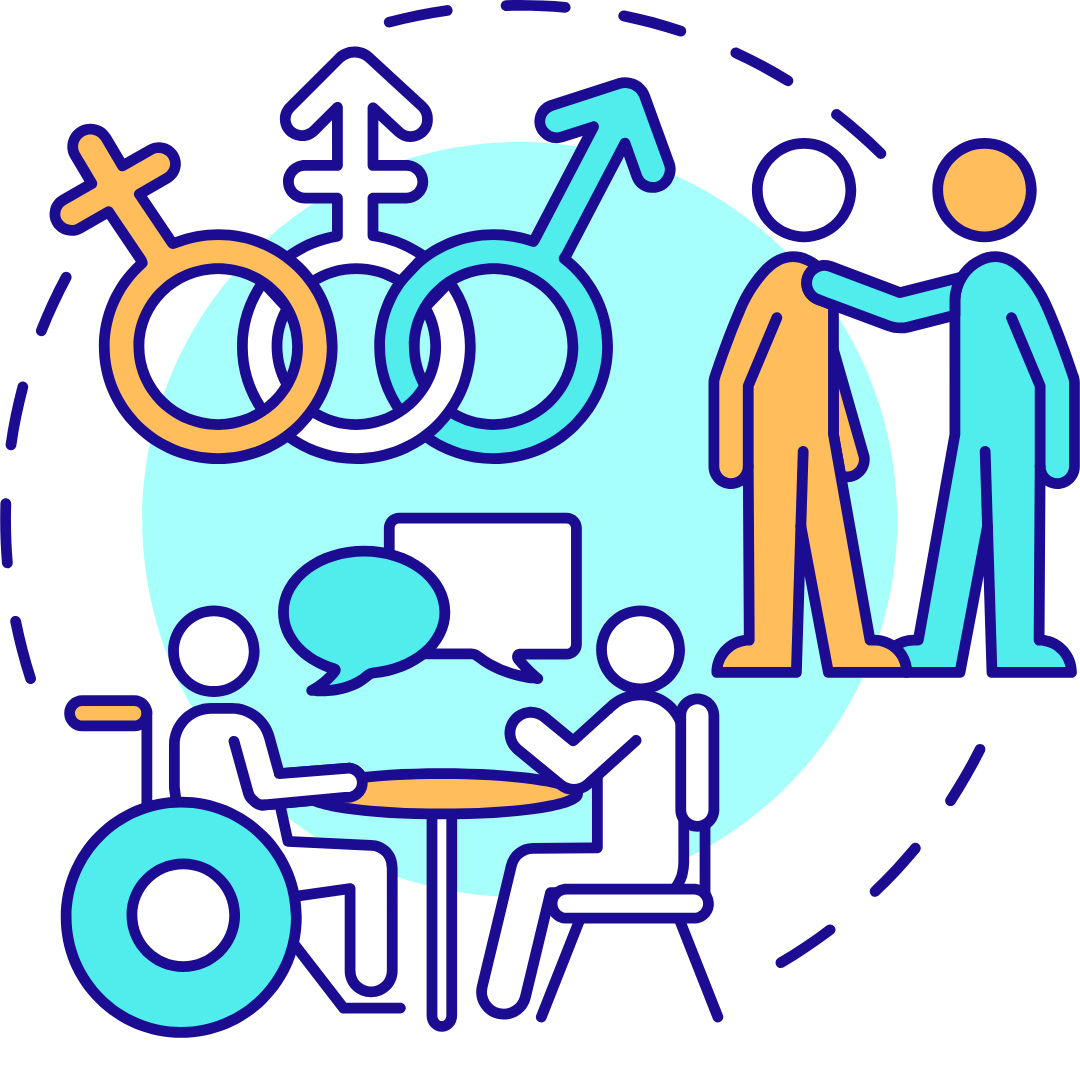
Many universities and other large institutions have embarked on a journey towards making the programs and communities they offer more diverse, equitable and inclusive, motivated by an increasing social awareness of how biases against minority communities are embedded in many societal institutions, and a desire to offset the negative consequences of such biases. Such efforts are often collectively referred to as DEI initiatives, or diversity, equity and inclusion initiatives. In fact, in September of this year, Fordham University hired James A.
Felton III as the new vice president of equity and inclusion, the first to serve in the role since it was expanded from chief diversity officer to include equity and inclusion. Unfortunately, a number of universities are now scaling back or entirely dissolving their initiatives in this area. DEI initiatives have faced challenges from a number of directions, but particularly from the Republican Party.
Twelve state legislatures have passed laws restricting spending on DEI programs since 2023, claiming they have high financial cost for little effect. Also in 2023, the Supreme Court passed down a ruling that prohibited colleges and universities from taking race into consideration as a specific basis for granting admission, stymying efforts to extend more opportunities to historically disadvantaged communities. In these instances, the fight over DEI is part of a larger backdrop of politically motivated attacks of higher education’s academic independence.
At the same time, supporters of DEI are being forced to confront whether universities’ efforts are actually supporting the most disadvantaged members of their community as much as people hoped they would. I believe that universities’ DEI initiatives can be misguided or performative when they do not directly respond to the needs of disadvantaged students, but such initiatives, or at least the spirit of them, are vital to rectifying historical and structural discrimination — something the system of higher education has certainly participated in. Many DEI initiatives were started in the wake of the 2020 murder of George Floyd and the subsequent protests against police brutality.
Universities competed to demonstrate their commitment to ensuring social justice through initiatives such as new required classes, dedicated resources centers for students of color or LGBTQ+ students, diversity statements for prospective employees and required diversity plans for every office on campus. To be clear, the politically motivated argument that DEI is indoctrination or somehow an attack on non-minority students has no basis. Increasing the amount of money and effort devoted towards making universities more accessible to communities that have been historically shut out from them and educating all students on how universities have previously been complicit in structural discrimination is very important.
However, universities jumped headfirst into this arena seemingly without much concrete direction. For example, the University of Michigan poured $250 million into DEI since 2016 but has seen students and faculty report a less positive campus climate, and enrollment of Black students has stayed stagnant. Such programs can be ineffective when they seek to impart on students some predetermined reality of discrimination rather than giving students opportunities to share their experiences and their specific needs.
Other DEI programs have had more success. The Inter-University Council of Ohio, defending DEI programs in the state, said, “ Data shows, DEI efforts help create an academic community that generates a higher enrollment rate, matriculation rate, and eventual success rate. DEI is for students with disabilities, veterans with PTSD, minority students, and students who are New Americans who may need extra help due to language or cultural barriers.
” DEI, first and foremost, should be about providing students who have comparatively less or more difficult access to the benefits of higher education the resources they need to take full advantage of all that universities provide. As an LGBTQ+ student, the most helpful resources that Fordham has provided for me have been spaces where other LGBTQ+ students and I can gather and share our experiences. DEI, sometimes inefficient and poorly planned, has been caricatured as cultural indoctrination that inflames relations within universities’ communities.
This is not what DEI stands for, or what it should be. Universities should not let external criticism get in the way of serving all of the educational needs of all of their students equitably. Concerned community members should be encouraged to make their voices heard in a way that helps improve outreach rather than trying to tear down or further discriminate against the victims of structural discrimination.
Stuart Cremer, FCRH ’26, is an environmental studies and English major from Mountain View, Calif..














